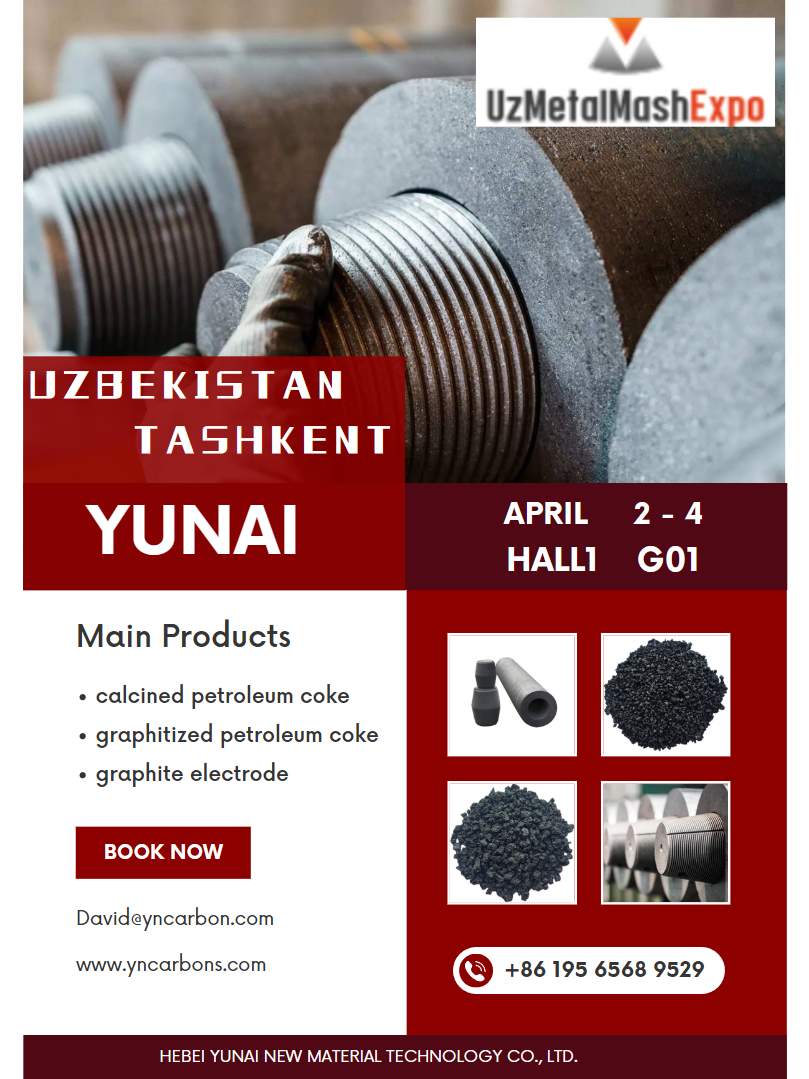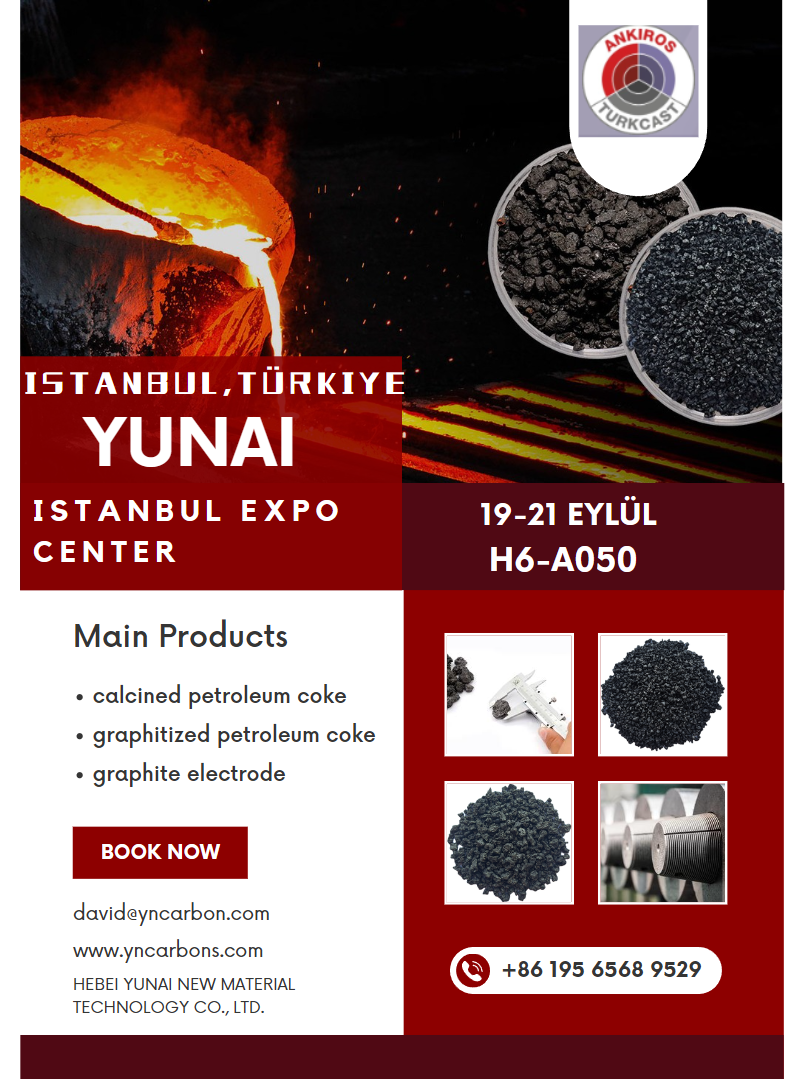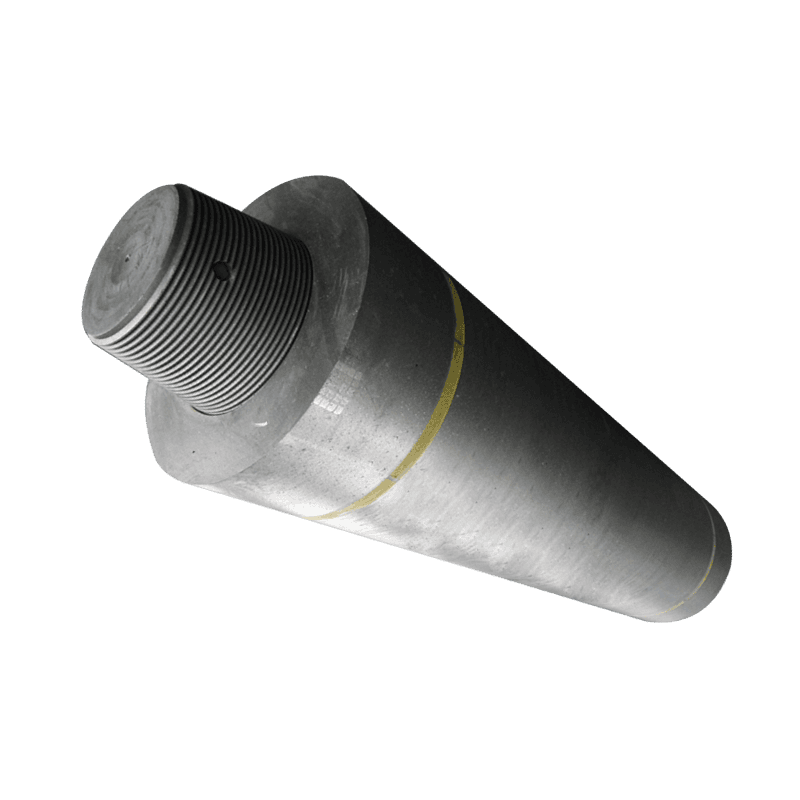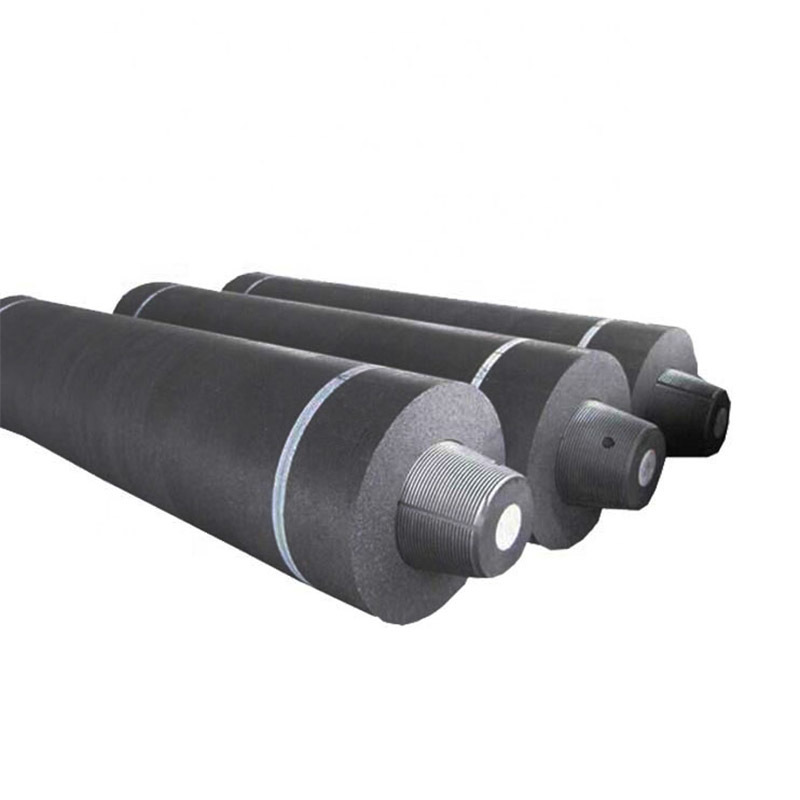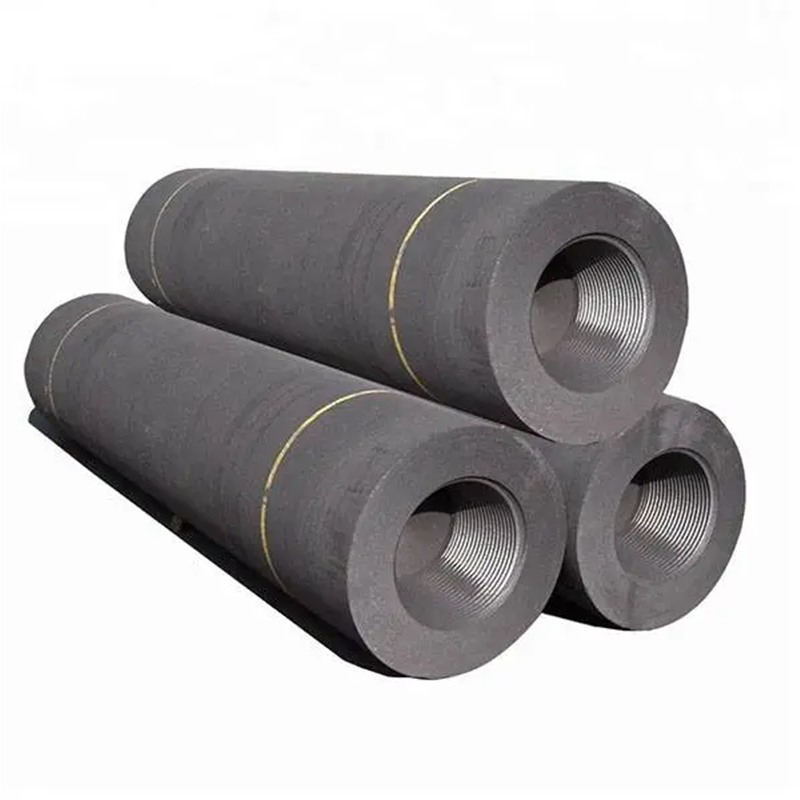Understanding UHP Graphite Electrodes: Key Insights for the Metallurgical Industry
Release Time:
May 02,2025
UHP graphite electrodes, or Ultra High Power graphite electrodes, are essential components in the production of steel and other metals through electric arc furnaces (EAFs). Their unique properties make them suitable for high-temperature operations, where conventional carbon electrodes might fail. The production process of UHP graphite electrodes involves the use of high-quality needle coke, which

UHP graphite electrodes, or Ultra High Power graphite electrodes, are essential components in the production of steel and other metals through electric arc furnaces (EAFs). Their unique properties make them suitable for high-temperature operations, where conventional carbon electrodes might fail. The production process of UHP graphite electrodes involves the use of high-quality needle coke, which is subsequently subjected to high-temperature graphitization. This results in a material that possesses low electrical resistance and high thermal conductivity, essential for efficient energy transfer during the metallurgical process.
One of the key characteristics of UHP graphite electrodes is their high density, which contributes to their mechanical strength and ability to withstand the extreme conditions within an electric arc furnace. The ability to endure high current loads without deforming or cracking makes UHP electrodes vital for ensuring a stable and efficient steelmaking process. Additionally, their low thermal expansion coefficient minimizes the risk of damage due to temperature fluctuations, thus enhancing their longevity and performance.
The application of UHP graphite electrodes extends beyond steelmaking. They are also utilized in non-ferrous metal production, such as aluminum, copper, and magnesium, as well as in the manufacturing of silicon and other advanced materials. In these applications, the efficiency and effectiveness of the electric arc furnace heavily rely on the quality of the electrodes used, making UHP graphite electrodes a critical factor in maintaining optimal production levels.
Moreover, environmental considerations are becoming increasingly important within the metallurgical industry. UHP graphite electrodes can contribute to reducing the carbon footprint of steel production. By enabling more efficient energy use and minimizing waste, the adoption of UHP electrodes aligns with the industry's shift towards more sustainable practices.
In conclusion, understanding the properties and applications of UHP graphite electrodes is essential for professionals in the metallurgy and mineral energy sectors. Their capability to perform under extreme conditions and enhance energy efficiency makes them a vital choice for modern steelmaking and other metallurgical processes. As the industry continues to evolve, the role of UHP graphite electrodes will likely expand, driving further innovations in production techniques and environmental sustainability.
One of the key characteristics of UHP graphite electrodes is their high density, which contributes to their mechanical strength and ability to withstand the extreme conditions within an electric arc furnace. The ability to endure high current loads without deforming or cracking makes UHP electrodes vital for ensuring a stable and efficient steelmaking process. Additionally, their low thermal expansion coefficient minimizes the risk of damage due to temperature fluctuations, thus enhancing their longevity and performance.
The application of UHP graphite electrodes extends beyond steelmaking. They are also utilized in non-ferrous metal production, such as aluminum, copper, and magnesium, as well as in the manufacturing of silicon and other advanced materials. In these applications, the efficiency and effectiveness of the electric arc furnace heavily rely on the quality of the electrodes used, making UHP graphite electrodes a critical factor in maintaining optimal production levels.
Moreover, environmental considerations are becoming increasingly important within the metallurgical industry. UHP graphite electrodes can contribute to reducing the carbon footprint of steel production. By enabling more efficient energy use and minimizing waste, the adoption of UHP electrodes aligns with the industry's shift towards more sustainable practices.
In conclusion, understanding the properties and applications of UHP graphite electrodes is essential for professionals in the metallurgy and mineral energy sectors. Their capability to perform under extreme conditions and enhance energy efficiency makes them a vital choice for modern steelmaking and other metallurgical processes. As the industry continues to evolve, the role of UHP graphite electrodes will likely expand, driving further innovations in production techniques and environmental sustainability.
Keywords:
More information






